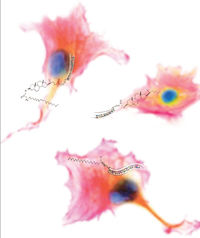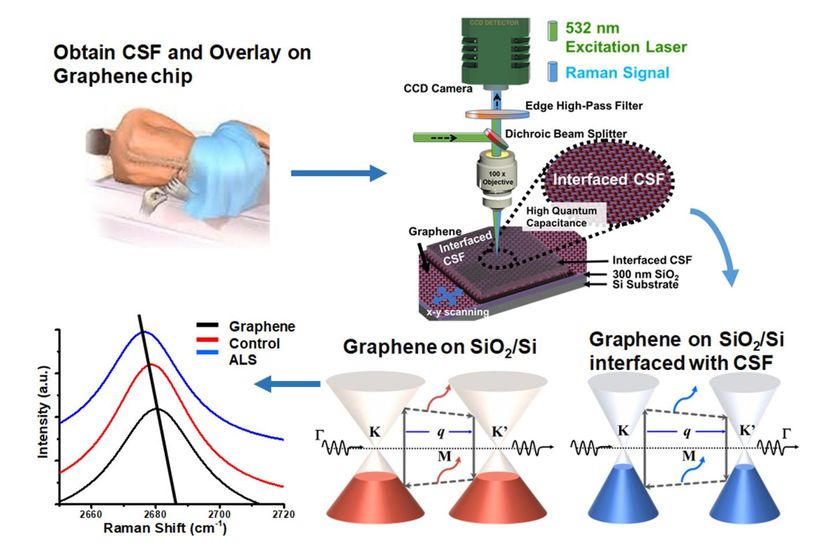A Rapid and Efficient Cell Sorting Method Allows New Insights into Early Animal Embryogenesis
Close Collaboration between Max Delbrück Center and New York University
Advertisement
Caenorhabditis elegans (C. elegans) is one of the most important model systems in biology. A technique to collect large numbers of embryos of the animals, all precisely the same age, has been developed in a collaborative effort by researchers from the Max Delbrück Center (MDC) in Berlin, Germany and New York University (NYU), USA. This new technique (termed eFACS) and subsequent molecular analysis of small RNAs are reported in Nature Methods. eFACS opens the door for detailed and quantitative high-throughput studies of early events during embryogenesis of C. elegans, a prerequisite for systems biology approaches. Using eFACS, the researchers were already able to reveal that small RNA Expression during early embryogenesis is a highly orchestrated and complex process.
C. elegans is an important animal model for biologists and many genes essential for the early events in mammalian embryo development have been identified in the worm. Yet, to date, it has not been possible to collect large numbers of embryos at the same developmental stage, a prerequisite to studying gene expression and protein interactions on a genome-wide scale with novel high-throughput genomics or biochemistry assays, which in term are necessary for Systems Biology approaches.
“The current method of choice is collecting embryos by hand”, Marlon Stoeckius, one of the two lead authors from the MDC-research group of Nikolaus Rajewsky explains. “This is very time consuming and does not yield adequate sample size for large-scale studies.”
Nikolaus Rajewsky and colleagues together with Fabio Piano at New York University established a method (termed eFACS), using fluorescence-activated cell sorting (FACS), to efficiently and rapidly collect tens of thousands of embryos at the same stage within a few hours. They use embryos that express a stage-specific protein fused to a fluorescent marker; when the embryo reaches the particular stage, it fluoresces.
Making use of eFACS, the scientists carried out high-throughput sequencing to profile small RNA populations in various embryonic stages, and gained insight into how gene expression changes during the first cell cycles in a worm embryo. They discovered complex and orchestrated changes in the expression between and within almost all classes of small RNAs, including microRNAs, during embryogenesis. Small RNA molecules play an important role in the regulation of genes.
The researchers are convinced that eFACS will make a contribution towards a more complete understanding of gene regulatory networks during early animal development.
Original publication: Marlon Stoeckius, Jonas Maaskola, Teresa Colombo, Hans-Peter Rahn, Marc R. Friedländer, Na Li, Wei Chen, Fabio Piano & Nikolaus Rajewsky; "Large scale sorting of C. elegans embryos reveals the dynamics of small RNA expression."; Nature Methods2009.




























































